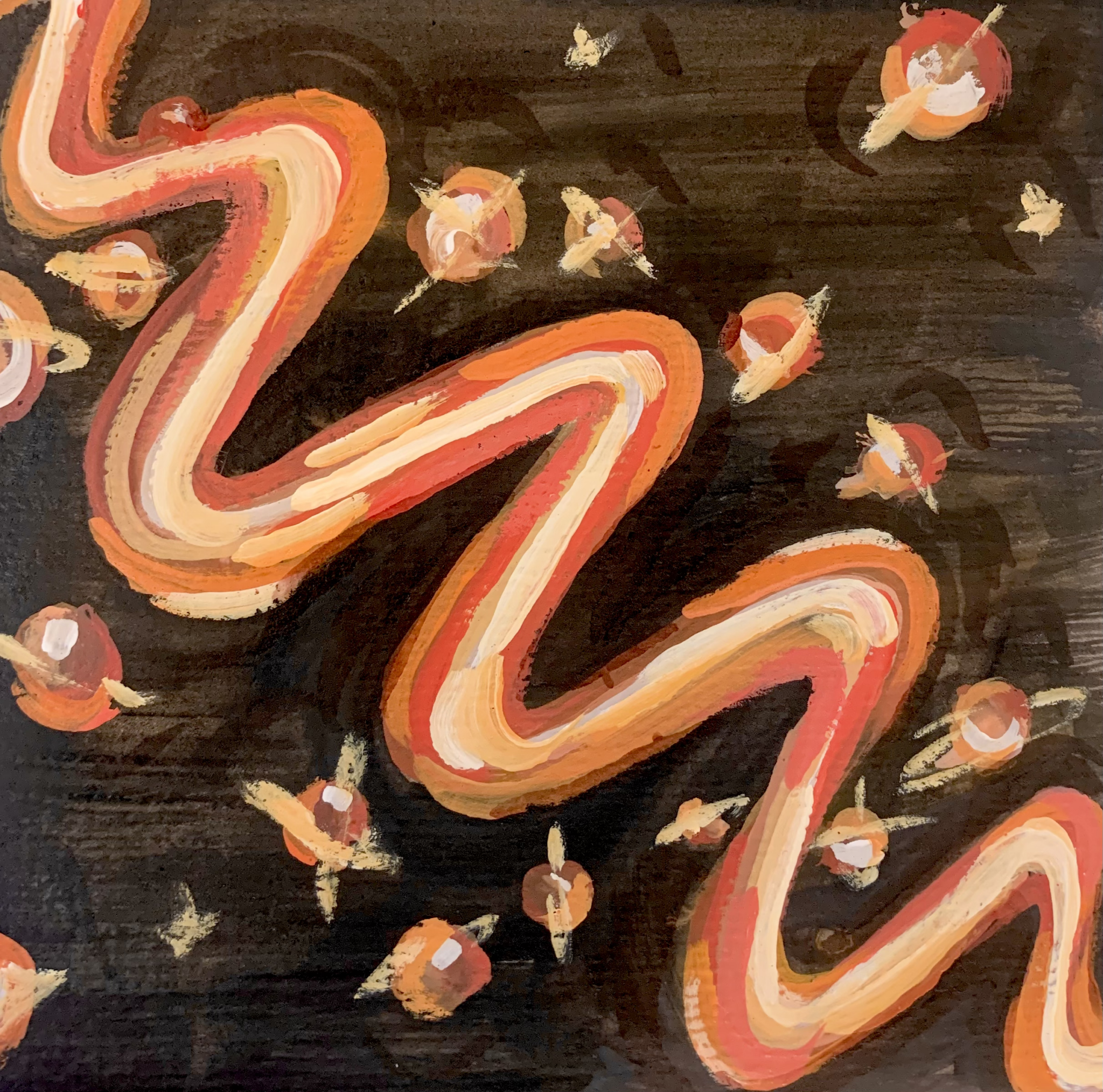Yale researchers develop chip detector capable of resolving up to 100 photons
Researchers from the Yale School of Engineering & Applied Science developed an on-chip detector with applications in quantum information processing and optics.

Anna Chamberlin, Staff Illustrator
The superconducting nanowire single-photon detector, or SNSPD, is renowned for its application in photon based quantum technologies and has been used in fields such as quantum information processing and quantum optics.
Some of the main features of SNSPDs are low jitter time, high detection efficiency, low dark count rates and high counting rate — nevertheless, it has limited photon number resolution, with the maximum photon number resolution being 24 photons. A recently published Yale-led study has taken this hurdle on, developing an on-chip-photon-number-resolving detector that can resolve up to 100 photons.
“Our work introduces two degrees of freedom in time and space to resolve the counting clicks from each individual photon,” wrote Sihao Wang, SEAS ’23 and co-author of this study. “This work demonstrates a remarkable photon number resolution capability of up to 100 photons.”
In previous works, the authors documented that the atomic layer deposition, or ALD, of niobium nitride, or NbN, thin film has high uniformity. Furthermore, they found that this uniformity allowed the development of a uniform array of SNSPDs, as well as a microwave delay line without constriction.
“The superiority of the ALD NbN thin film sets the foundation for pushing forward the photon-number-solving SNSPD project,” Wang wrote.
YiYu Zhou, a SEAS postdoctoral associate and co-author of the study, emphasized that a high-quality NbN film enables the fabrication of nanowires and of microwave delay lines. At the same time, he highlighted that the nanowires work for photon counting while the microwave delay line is for multiplexing — the combination of multiple signals into one signal.
“The availability of these two key ingredients motivates the idea of spatiotemporal multiplexing of nanowires to build a photon-number-resolving SNSPD,” Zhou wrote in an email to the News.
The authors found that using 100 nanowires in series and a microwave delay line between the nanowires can develop an on-chip photon number resolving SNSPD that can read out up to 100 microwave pulses simultaneously.
“We take advantage of the high-k dielectric to achieve a low microwave propagation speed and thus enable compact, on-chip microwave delay lines (in contrast to optical delay lines),” Zhou wrote. “Our method thus allows the realization of compact, on-chip 100-photon-number-resolving SNSPDs.”
Mohan Shen, a doctoral student in electrical and electronic engineering, emphasized that despite the novel technology the team has developed — as well as its application to quantum measurement and sensing and to photonic quantum computing — further improvements can still be made to the detector’s scalability and efficiency.
“Future research includes integration of quantum light sources and active light manipulation components on the same chip,” Shen wrote.
According to Zhou, the team aims to integrate the quantum light source and the SNSPD on a single chip in order to use it in fields such as quantum communication and quantum metrology.
Hong Tang, Llewellyn West Jones, Jr. professor of electrical engineering, applied physics and physics, agreed.
“Since our designs are compatible with the standard semiconductor foundry processes, we are exploring a path to manufacture these photon number resolving detectors so that they can be widely exploited,” Tang said.
The study was published in Nature Photonics.







